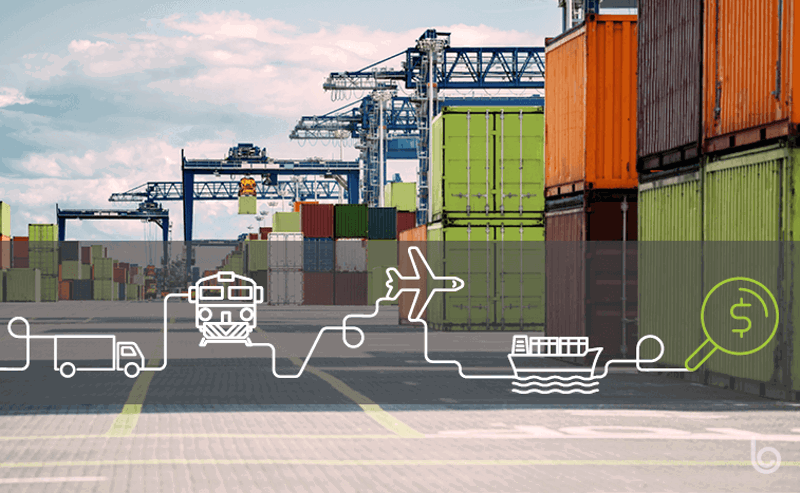Recent events – the ongoing COVID-19 crisis, the Suez Canal blockage, the seemingly never-ending congestion in the ports on the West Coast of the United States and in Asia – have underlined the need for supply chain agility and adaptable logistics processes. With the frequency of disruptions increasing around the world, supply chain digitization and end-to-end logistics visibility is not enough to excel in the current climate. Order orchestration that enables agility in the supply chain has become crucial.
In a recent episode of “Talking Logistics with Adrian Gonzalez,” Glenn Jones, Blume Global’s global vice president of products and marketing, explained why supply chain agility has shifted from a nice-to-have feature to a critical part of any multi-modal, global supply chain operation.
Blume Global’s focus, Jones said, is “enabling what needs to happen in order to fill a transportation order,” noting that the company excels at complex, multi-modal moves that span rail, ocean, air, and truck. Making sure these movements are orchestrated and optimized ensures that everything runs smoothly and that, when disruptions arise, companies are able to react quickly and solve transportation problems.
Before COVID, order orchestration was solely used to bring efficiency to the logistics operation, Jones said and trying to find the most effective way to get a shipment to its destination. That has since shifted to ensuring agility in the logistics process.
“Nowadays, it’s not good enough to be efficient. We’re having to layer agility into the supply chain,” Jones said. “That’s one of the huge changes that has happened.”
Figuring out if you have an agile supply chain and if there’s room for improvement requires an audit of how things function currently. The best test? If an issue crops up and goods need to be sent elsewhere during the shipment lifecycle, does your supply chain have the flexibility and adaptability to make that happen? That’s where robust, innovative supply chain technology solutions (and making sure freight forwarders and other stakeholders partner with the right technology providers) come in.
Agility is also becoming a competitive differentiator. While cost and service still matter, customers are looking to see how the logistics processes stand up to disruption. After all, exceptions are the norm in supply chain management, so being able to adapt is important. Blume has built agile technologies that also allow for the automation of manual supply chain processes.
“With the demand at the level that it is today, you’ve got to try to automate those changes, at least as much as possible,” Jones said. “The leaders can do that, the laggards aren’t able to … respond in a timely way to be able to change these orders and create a new orchestration on the fly.”
To hear more of the conversation, watch the Talking Logistics video below
Blume Global believes in true partnerships with customers, helping them maintain agile, adaptable logistics processes that create a harmonized but adaptable supply chain ecosystem for all parties. To do this, Blume orchestrates the network, data insights, and supply chain technology solutions to radically reduce the gap between the Amazon Effect of instant gratification and the reality of supply chain planning processes, transportation complexities, and shipment visibility.
contact us
Contact Us

